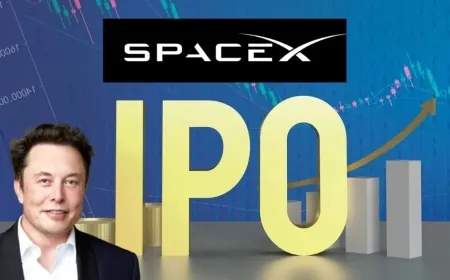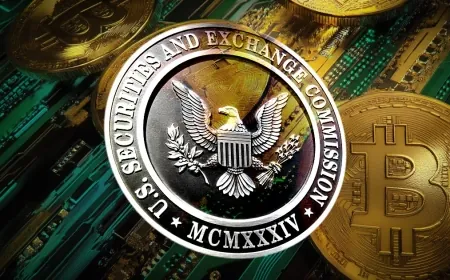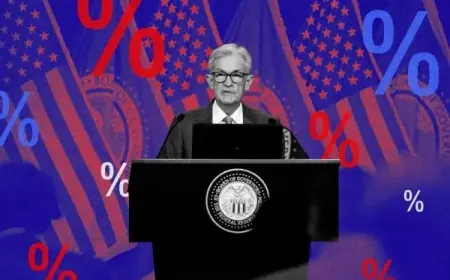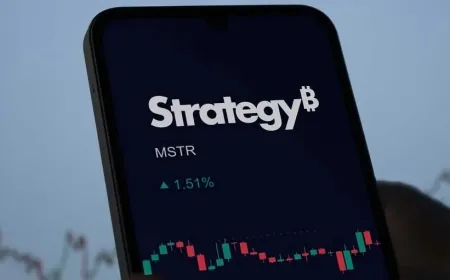5 Reasons Ethereum Could Be the Top Performing Crypto by 2030
Ethereum gains momentum with network upgrades, ETF traction, and rising institutional interest—positioning it as a major asset heading into 2030.
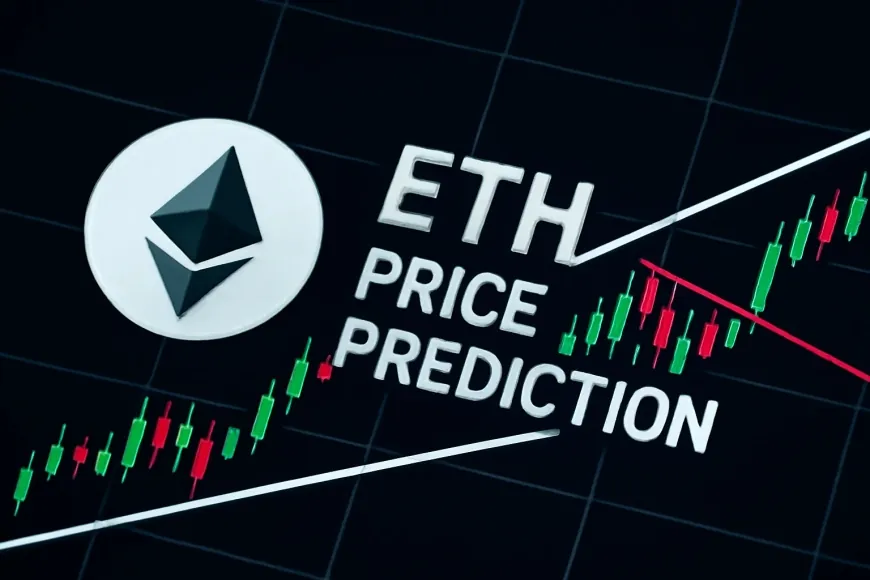
Ether (ETH), the cryptocurrency powering the Ethereum blockchain, remains one of the most closely watched digital assets in global markets. As of July 2025, its market capitalization stands at approximately $308 billion, second only to Bitcoin. Despite recent volatility across the crypto sector, Ethereum continues to attract serious attention from institutional investors and developers, with projections indicating significant upside potential by the end of the decade.
Several key developments—both technical and economic—are positioning Ethereum for substantial long-term growth. Here are five critical factors shaping the asset's trajectory through 2030:
1. A Dominant Developer Network Strengthens Ethereum’s Core
Since its transition from proof-of-work to proof-of-stake in 2022—a shift dubbed “The Merge”—Ethereum has cemented its role as the leading platform for decentralized applications. The move eliminated energy-intensive mining and introduced staking, reinforcing Ethereum’s role as a programmable infrastructure layer for smart contracts, NFTs, and tokenized assets.
Today, Ethereum boasts the largest developer base in the blockchain space, a metric widely regarded as a leading indicator of network value. Its expanding ecosystem continues to outpace competitors like Solana and Cardano, both in development activity and real-world adoption.
2. Scheduled Protocol Upgrades Set to Improve Scalability and Cost Efficiency
Ethereum is preparing for a multi-phase enhancement strategy, with three significant upgrades—The Verge, The Purge, and The Splurge—on the roadmap.
-
The Verge introduces structural improvements to enhance scalability while preserving decentralization.
-
The Purge aims to simplify the network by removing outdated data, lowering technical debt, and reducing gas fees.
-
The Splurge will incorporate smaller refinements to improve the overall user and developer experience.
These updates are expected to increase network throughput, lower transaction costs, and expand Ethereum’s capacity to support more intensive applications—all of which are essential for long-term growth and adoption.
3. Higher On-Chain Activity Could Push Ether Toward Deflation
Unlike Bitcoin, Ethereum does not have a fixed deflationary model. However, thanks to its EIP-1559 upgrade, a portion of every transaction fee is permanently removed from circulation, effectively “burning” tokens.
When network usage rises, the burn rate can exceed the issuance rate, turning Ether into a deflationary asset. As more projects deploy on Ethereum—especially Layer 2 scaling solutions and tokenized real-world assets—on-chain activity will increase, reducing supply pressure and supporting price resilience in bearish markets.
4. Institutional Interest Gains Momentum Amid ETF Progress
The U.S. Securities and Exchange Commission approved the first spot Ether ETFs in mid-2024, marking a significant milestone for mainstream adoption. While initial offerings excluded staking features, proposals for yield-bearing ETFs are now under regulatory review.
Institutions including BlackRock, Deutsche Bank, and Coinbase have steadily increased their Ether holdings and are building new financial products on the Ethereum network. If approved, ETFs that offer staking yields of 3–4% could trigger a new wave of institutional inflows, further legitimizing Ethereum’s role in traditional finance.
5. A Softening Rate Environment Could Favor Digital Assets
With central banks signaling the end of aggressive rate hikes, capital is gradually rotating back into risk assets—including cryptocurrencies. Lower interest rates typically weaken the U.S. dollar, which enhances the appeal of alternative stores of value such as Bitcoin and Ether.
Ethereum, often viewed as the “blue chip” of smart contract platforms, is expected to benefit as investors seek assets with long-term utility and network effects. While volatility will remain a feature of the asset class, Ether’s infrastructure relevance and institutional exposure provide stronger downside protection than many smaller crypto tokens.
Accumulating Ethereum May Be a Strategic Long-Term Play
Ether has delivered over 950% returns over the past five years, trailing only slightly behind Bitcoin. While such exponential growth may be difficult to repeat, Ethereum’s roadmap, network activity, and rising institutional adoption all point to a robust investment case heading into 2030.
For investors with a high-risk tolerance and a long-term view, Ether represents more than a speculative asset—it’s a central component of the decentralized financial future now being built.
Also Read: Bitcoin Isn’t the Only Game Anymore — These 4 Cryptos Are Catching Wall Street’s Eye





